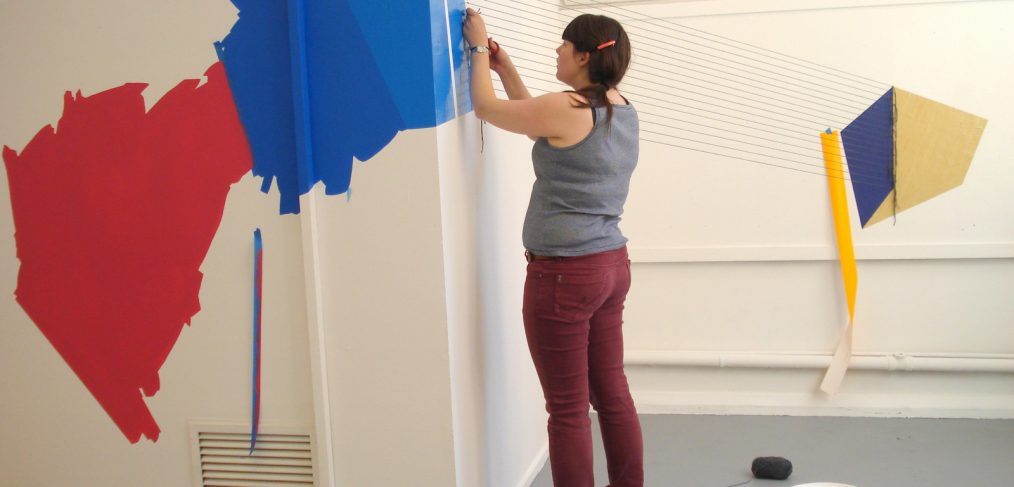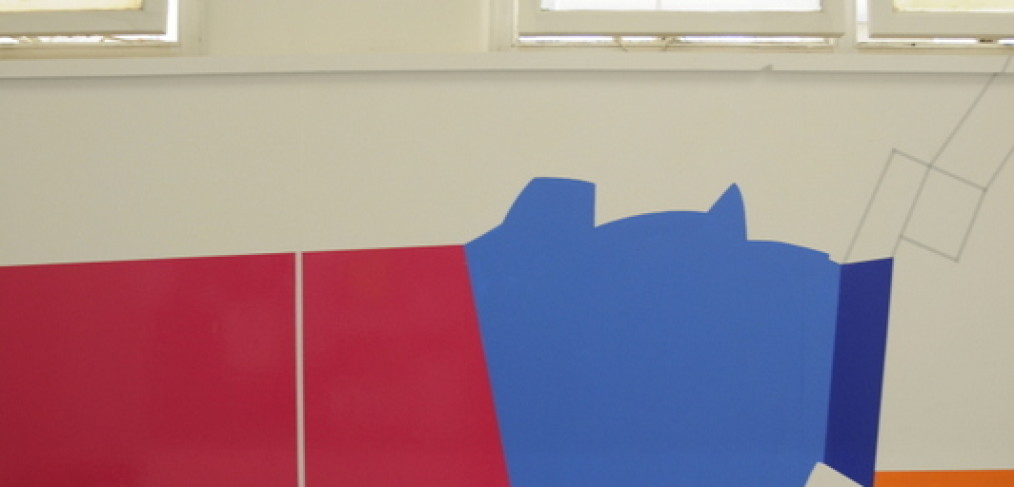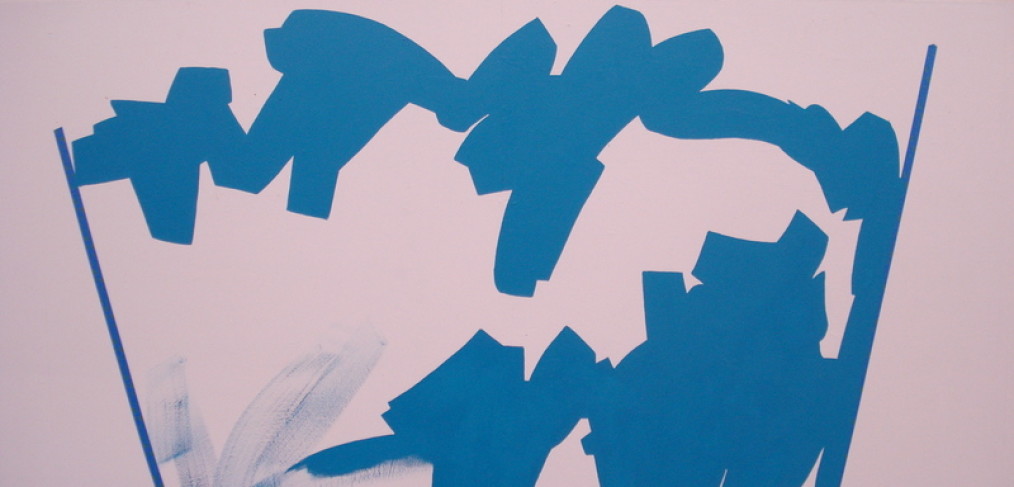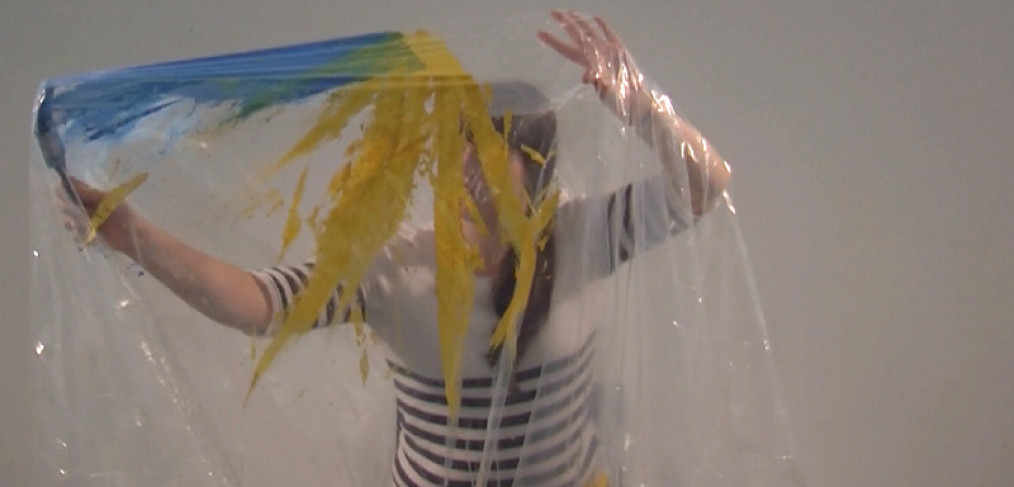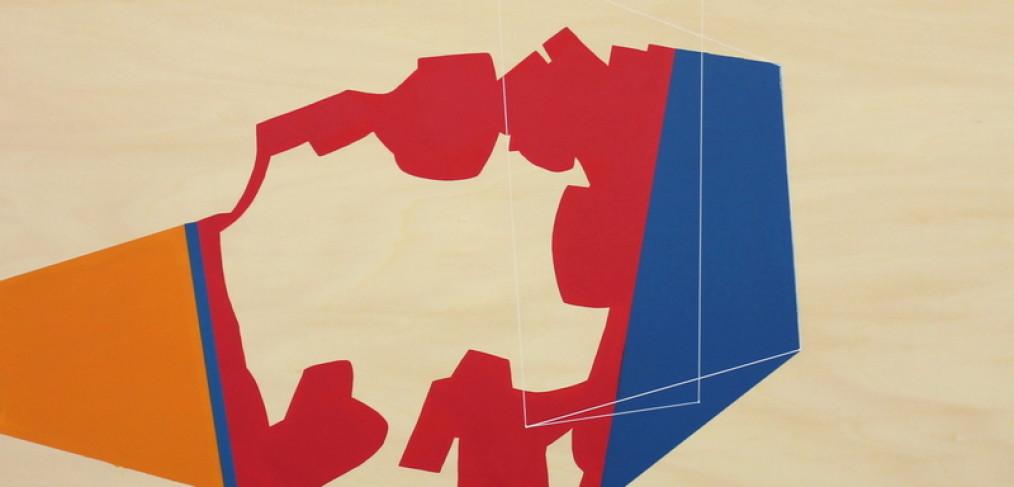(c) 2012, Naomi Nicholls
Acrylic and acrlyic paint pen on board
(c) 2012, Naomi Nicholls
Acrylic and graphite on board
(c) 2012, Naomi Nicholls
Acrylic and graphite on board
(c) 2012, Naomi Nicholls
Acrylic and graphite on board
(c) 2012, Naomi Nicholls
Acrylic and acrylic paint pen on board
Here are some more works on plywood board. It’s a wonderful material to work into, as it comes complete with a spatial or atmospheric kind of ‘background’, because of the wood grain surface.
I’m focusing on primary colours with my colour choices. I think in terms of starting with red, yellow, blue and tweak them slightly. The blue may become a light blue or royal blue. The red I turn slightly to a hot pink or magenta by adding the tiniest bit of white or yellow, or go all the way to a fleshy tone. The yellow I turn, either slightly or a long way, in the direction of orange. There’s also some random green in one of these works, thrown in for good measure but unrelated to primary colours. However, I must say, I think that work is the least successful in terms of colour palette.
I’m finding these adjustments are a great way to deal with colour. The relationships between the colours are still largely based on primaries, but it alters my thinking about them and my fear of primary colours, inspired by art history’s fear. While not quite ‘complementary’ colours, they still operate in a really illusory way. Complementary colours naturally work amazingly to create optical illusions, because they are truly opposite colours. These tweaked primaries have something at play also and I am deep in sorting it out as I go along.

